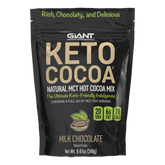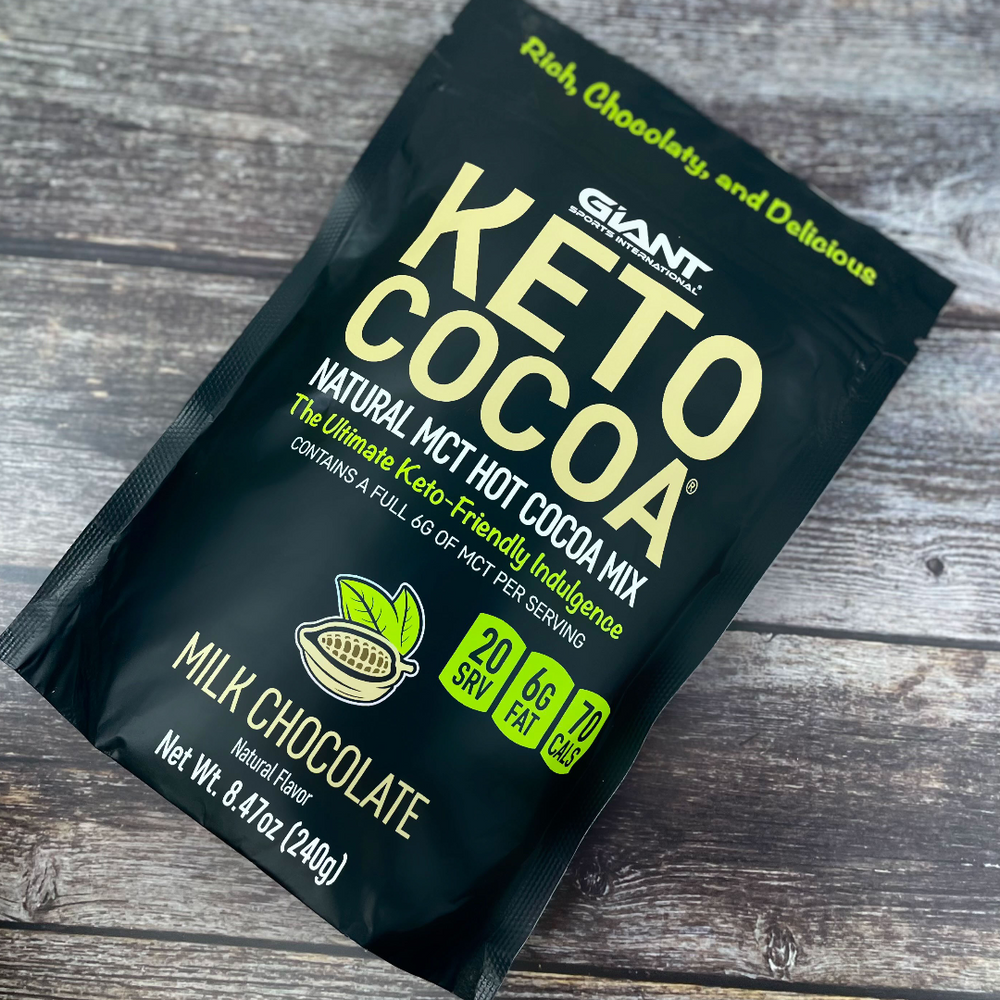How Many Carbs Are in Honey? Knowing How Much to Use

Honey is a delicious treat and it is known to have health benefits. It is made by bees, which is very important to our environment. They pollinate the plants, which is necessary for the fertilization of many plants, and people wouldn’t survive without plants. Honey is a healthy replacement for sugar, but people still want to know, “Is honey keto?” Read on to find out.
What Is In Honey?
Honey has been on the planet for over 150 million years. It is produced by honey bees by taking the nectar from flowering plants and storing it inside the beehive for times when there is none. Bees have a long tube-shaped tongue, and they use it to extract a sugary liquid called nectar from the flower. Bees have an extra stomach, called a crop, where they store it. It mixes with enzymes there, which makes it able to last longer.
When the bee returns to the hive, it passes the nectar to another bee, and the bee deposits it in the honeycomb. The bees fan their wings to take the extra liquid out. Then, they seal the honey and it is stored for later in the winter months.
Honey has always been one of the more popular sweeteners. The Greeks and the Sicilians loved to use it. It is still popular today.
Honey V Sugar – Differences
Honey and sugar are both used as sweeteners, but they are two different foods. Honey is made by bees, and it contains both fructose and glucose. Sugar also contains fructose and glucose, but it is digested differently from honey.
When honey is made, the bee adds an enzyme so that the fructose and glucose can be broken down and used for energy right away, whereas sugar needs to be broken down by your body, which takes some time. Honey also has more calories, as it contains 64 and sugar contains 46 in one tablespoon. Honey is sweeter than sugar, though.
Is Honey Low Carb?
People usually want to know how many carbs are in honey. There are 17 grams of net carbs in honey at one-tablespoon serving size, and 16 of them come from sugar. There is no fat, no dietary fiber, and just 1/10 of a gram of protein. There is very little nutrition in honey, and its high carb content means that it is not low carb and shouldn’t be a part of any keto or low carb diet.
What Is the Keto Diet?
The keto diet is all about reducing your carb intake and increasing your consumption of healthy fats and proteins. Your body turns carbs into glucose, which is used for energy that allows your cells to operate and function.
When you reduce your carbohydrate intake, your body transitions from this process to one where it makes ketones in the liver and from stored fats, and it uses the ketones as an alternate source of energy. The idea is to get your body into a state of ketosis, which is a metabolic state where your body is running on ketones. To do this, you need to eat fewer than 50 grams of carbs each day.
Everyone’s system is different, and some people can maintain ketosis with a few more grams of carbs than another person. You also need to remember that there are hidden carbs in a lot of foods that you eat throughout the day. You may be eating more carbs that you are aware of, which is why it is best to avoid any foods with higher carb counts.
If you go over your carb limit, your body will kick you out of ketosis. It will begin producing glucose again, and you will have to work to transition back to ketosis. Because one tablespoon of honey contains 17 grams of net carbs, you could probably have a tablespoon and stay in ketosis, but you would need to be certain that you aren’t going over your daily allotment of carbohydrates.
Variations of the Keto Diet
There are a couple of variations on the keto diet, and you can eat a small amount of honey on each one. The first is the targeted keto diet. This version allows you to have 20 to 50 extra carbs within an hour of your workout. You could eat a tablespoon of honey either just before or just after your workout.
Another variation of the keto diet is called the cyclical keto diet. This is designed for people who exercise and it involves sticking to the standard keto diet five days a week and then loading carbs the other two days. This way, you replenish your glycogen stores for the week, and it is a good idea if you exercise a lot and need the extra energy. You can eat some honey on the carb-loading days.
You may be able to have honey on the standard keto diet, as long as you know that it won’t kick you out of ketosis. Everyone is different, and some people have to have much less than 50 grams of carbs, whereas some can have a little more. You need to get to know your own body to find out where you fall.

Is Raw Honey Nutritious?
Raw honey is nutritious, even if it has too many carbs to be keto-friendly. It has a number of micronutrients, including the following:
- Thiamin
- Niacin
- Pantothenic acid
- Copper
- Calcium
- Phosphorus
- Iron
- Manganese
- Magnesium
- Potassium
- Zinc
- Sodium
Honey works well as a substitute for table sugar, and it helps people to lose weight, improve their energy, heal wounds, and lower the chance of developing diabetes.
What Can You Use in Place of Honey?
You need to take a look at substitutions for honey if you are on the keto diet. You might need a sweetener for food or drinks, and there are good substitutes available that are low carb. There are several keto-friendly choices, including the following:
- Stevia: Stevia ranks 0 on the glycemic index, it has no calories, and it is 200 to 300 times sweeter than table sugar.
- Monk fruit: The nice thing about monk fruit is that it doesn’t have the bitter aftertaste that Stevia sometimes has. It has a ranking of 0 on the glycemic index, and it is 300 times sweeter than table sugar.
What About Artificial Sweeteners?
The keto diet is about more than changing what you eat and getting your body into ketosis. It is a lifestyle choice that revolves around making healthy choices. You should not use artificial sweeteners such as aspartame or Splenda because they can raise your blood sugar levels, and they are not good for you.
Saccharin and aspartame also have been found to interfere with healthy gut bacteria, and xylitol has negative side effects, such as hindering your ability to lose weight. You should try to avoid any of these artificial sweeteners.
How Much Honey Can You Use?
If you are on the standard keto diet, you should try to learn how many carbs your body can tolerate without kicking you out of ketosis. This number will be different for different people. Everyone is different. Some people are very sensitive to carbs, and it takes very little to get kicked out.
Generally speaking, you should keep your carb intake between 20 and 50 grams of carbs. One tablespoon of honey contains 17 grams, so you can have one tablespoon of honey. However, you will want to be very careful with the rest of your intake for the day. Hidden carbs are in many different foods, and you may not know exactly how many carbs you are eating. Make sure that if you have a tablespoon of honey you are eating other foods that have a lower tendency to carry hidden carbs. Hidden carbs are in condiments such as ketchup, barbeque sauce, and others. They might be in fruit drinks, even when they are labeled as healthy.
You can find them in nuts and deli meat as well. They are many different foods that have hidden carbs, so if you want to include honey in your diet, you need to familiarize yourself with them and try to keep the rest of your carbs to a minimum.
Final Words
Honey is a delicious sweetening alternative to table sugar, but it is high in carbs. You can still have one tablespoon of it in a day, but you need to make sure you pay attention to the rest of your food. There are alternative sweeteners such as Stevia and you might want to consider them in place of honey. The important thing is to keep your carb count below 50 so that you don’t get kicked out of ketosis.
If you are using a variation of the keto diet, such as the targeted keto diet or the cyclical keto diet, you will be able to have honey during the times when you are allowed extra carbs.








